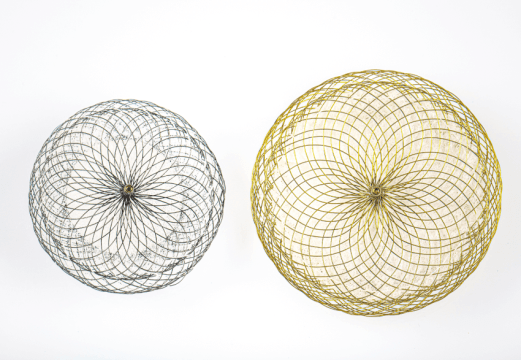Original title: Real-Word of the Impella 2.5 Circulatory Support System in Complex High-Risk Percutaneous Coronary Intervention: The USpella Registry Reference: Brijeshwar maini, et al. Catheterization and Cardiovscular Intervention
For about a decade angioplasty has begun to be performed in increasingly complex patients (PE) such as those with left coronary trunk injury, 3-vessel injury, poor ventricular function and surgically discarded.
A ventricular assist device may improve outcomes in this specific group of patients. The aim of this prospective registry, that included 175 PE in 18 centers, was to evaluate the results of high-risk coronary angioplasty with the use of the ventricular assist system Impella 2.5 (Abiomed, Danvers, MA, USA).
Were considered high risk those who had poor left ventricular function, complex coronary anatomy and/or severe comorbidities. We excluded PE currently on ST elevation infarction or cardiogenic shock and those with contra-indications to the use of the device, (left ventricular thrombus, mechanical aortic valve or severe peripheral vascular disease).
Follow-up was performed at 30 days and 12 months. The primary endpoint was MACE (death, myocardial infarction, revascularization, cardiac surgery or peripheral, stroke or TIA) at 30 days and the secondary endpoint was safety, (injuries in the aortic or mitral valve, impaired renal function, bleeding requiring surgery or transfusion, hypotension, hemolysis, infection, device malfunction, femoral hematoma> 4 cm., and vascular complications).
The device was implanted before angioplasty in this population with high risk characteristics, average age of 74 years, 47% diabetic, 33% renal failure, 30% had a previous infarction, 69% with ejection fraction <35%, 66% heart failure class III-IV, 89% with multivessel disease and 56% with severe injury unprotected LMCA. The SYNTAX score was 37 ± 16, STS mortality was 6 ± 6% and STS morbidity 31 ± 16%. 66% of PT was surgery rejected. The primary endpoint MACE at 30 days was 8% (4% death, AMI 1.1%, stroke 0.6%, revascularization 0.6% and surgery or peripheral cardiovascular emergency 1.7%). The 6 month and 12 month survival rate was 91% and 88% respectively. Secondary endpoints were safety; renal failure 2.8%, vascular bleeding requiring surgery 0.6%, hypotension 3.4%, VT or CPR 2.8%, vascular complications 3.4%, there was no hemolysis, damage to the aortic valve, mitral or malfunction of the Impella.
Conclusion
The use of the Impella 2.5 in high-risk angioplasty was feasible and safe in the real world giving positive results in the short and medium term.
Editorial Comment:
This analysis did not include emergency patients, (AMI with ST elevation and cardiogenic shock), in which it would have been interesting to use the device. The development of new, more effective devices and better drugs will certainly act positively on the development of high-risk procedures.
Courtesy of Calos Fava, MD
Interventional Cardiologist.
Fundación Favaloro – Argentina
Dr. Carlos Fava para SOLACI.ORG





